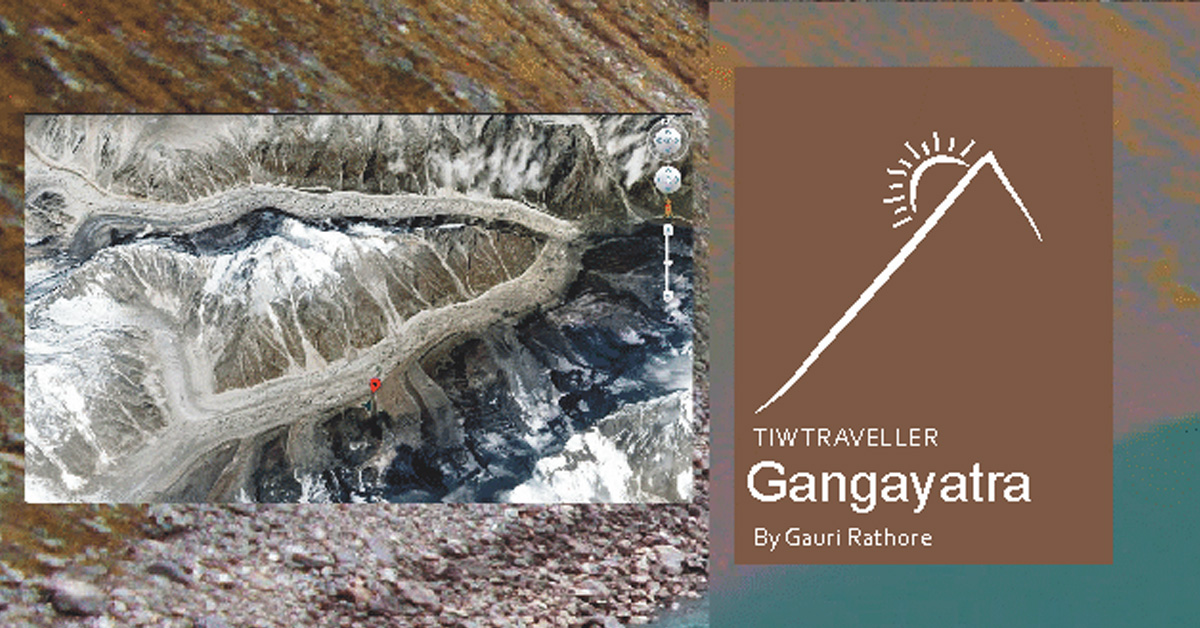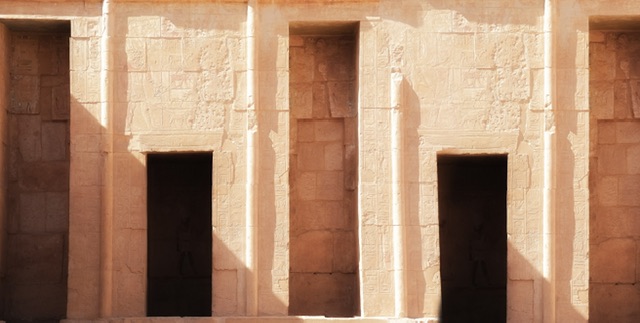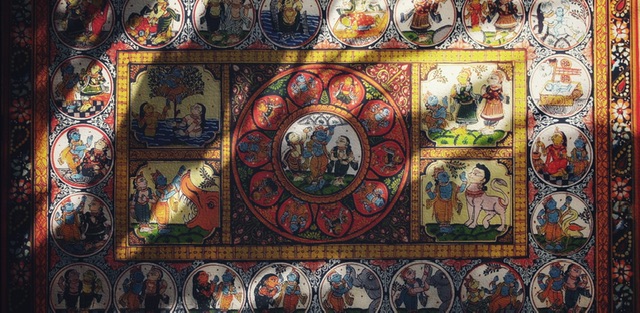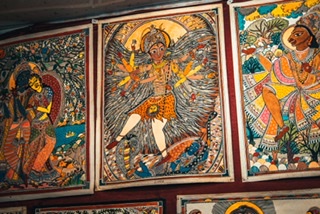Ganga has been called as the tirath of kaliyug. This tirath is fast receding. It is said that once Ganga retreats completely, kaliyug will end a few years after that. In this series of articles, we will attempt to trace the epic journey of Ganga, from Gomukh to Gangasagar. Har Har Gange!
In the previous issue, we reached Devprayag, the godly confluence of Bhagirathi with Alaknanda, to flow henceforth as Ganga. Even though historic accounts term Bhagirathi as the source stream of Ganga, the importance of Alaknanda cannot be undermined, especially when it far exceeds Bhagirathi in length and volume. Therefore, before moving further, let us hear the story of Alaknanda, path it takes to meets its sister.
ORIGIN OF ALAKNANDA RIVER
Alaknanda River originates at Satopanth glacier, deriving its name from a ridge hidden in it, believed to be the road to truth (satya ka panth). As per Mahabharata, the Pandavas treaded this arduous trek to reach heaven. This journey is fruitful for only those who tread the path of satya or the yam of satya.
SATOPANTH TAL
Six kilometres above the snout of Alaknanda and 22km ahead of Badrinath, at a height of 4350m, lies the triangular Satopanth Tal. Chowkhamba ridge looms over the lake along with the Neelkanth, Balakun, Parvati and other peaks. The lake remains under snow from the end of September to the middle of May or sometimes end of June.
It is believed that the tridevs bathe in the lake on an auspicious day. Certain birds, not found anywhere else, are believed to pick up the pollutants of the lake keeping it clean. As per local legend, these are Gandharvas in disguise, who guard the lake against evils.
TREK FROM BADRINATH TO SATOPANTH TAL
It is a 6 day trek from Badrinath to Satopanth and back. From Badrinath, the first point to reach is Mana village (3 kms). There is a cave in Mana where Rishi Vyasa, according to legend, wrote the Mahabharata.
Crossing Chamtoli Bugiyal, at a total distance of 9km, lies the Lakshmi Van. It is said, Draupadi, the wife of Pandavas, breathed her last over here. On the opposite side are the picturesque Vasundhara falls. 11 km later, and having climbed the steep ridge of Sahasradhara, one reaches Charkateertha draped in green grass and surrounded by towering peaks. A 5km from there leads one to the Satopanth Tal. Towards the north lies Chowkhamba glacier, also called Swargarohini. There are two small lakes nearby.
BADRINATH
Situated on the banks of Alaknanda, in the Chamoli district in the state of Uttarakhand, Badrinath, is among the four major pilgrimages of India, the Chardham. The town is surrounded by mountain ranges of Nar and Narayan.
The town gets its name from the ancient Badrinath temple. According to legend, in 9th century, Adi Shankaracharya discovered a black stone image of Lord Badrinarayan (Lord Vishnu) made of Shaligram stone in the Alaknanda River. He enshrined it in a cave near the Tapt Kund, hot sulphur springs endowed with medicinal properties. In the sixteenth century, the King of Garhwal moved the murti to the present temple. The temple is approximately 50 ft (15 m) tall with a small cupola on top, covered with a gold gilt roof. The facade is built of stone, with arched windows. A broad stairway leads up to a tall arched gateway, which is the main entrance. Just inside is the mandapa, a large pillared hall that leads to the garbha griha, or main shrine area. The walls and pillars of the mandapa are covered with intricate carvings.
The main shrine houses the Shaligram of Badrinarayan, in a gold canopy under a Badri Tree. Lord Badrinarayan is depicted holding a Shankh (conch) and Chakra (wheel) in two hands and two hands rest on the lap in a yogmudra. The sanctum also houses images of the god of wealth—Kubera, sage Narada, Uddhava, Nar and Narayan. There are fifteen more images that are also worshipped around the temple, including Goddess Lakshmi (the consort of Vishnu), Garuda (the vehicle of Narayan), and Navadurga, the manifestation of Durga in nine different forms. All the idols of the temple are made of black stone. The two water ponds in the temple are called Narad Kund and Surya Kund.
The temple has undergone several major renovations due to its age and damage by an avalanche.
Badrinath, from the pages of history
Legend has it that Lord Vishnu sat for dhyan at this place. Goddess Lakshmi, protected him from the harsh weather, in the form of the Badri tree (jujube or Indian date). Pleased by the devotion of Devi Lakshmi, Lord Vishnu named the place Badrika Ashram.
According to the Bhagavata Purana, “There in Badrika Ashram the supreme being (Lord Vishnu), in his incarnation as the sages Nara and Narayana, had been undergoing great penance since time immemorial for the welfare of all living entities.” (Bhagavata Purana 3.4.22) It is with this reference that in the Mahabharata, Lord Krishna, addressing Arjuna, says, “Thou was Nara in a former body, and, with Narayana for thy companion, didst perform dreadful austerity at Badari for many myriads of years.”
The Skanda Purana narrates, “[t]here are several sacred shrines in heaven, on earth, and in hell; but there is no shrine like Badrinath.”
Editor’s Note
A word of caution, these places are not for tourism and must not be frivolously approached for “fun”. The energies in these places are conducive for sadhaks and those treading the path of their Guru to further their own spiritual journey on the path. If they are used for social outings then you will disturb the energies there and bring misfortune to yourself. The various calamities that happen at such places are ample proof of this. These places are for vairagya and moksh, not for fun and games. If you want to complete a sadhna without disturbances for your spiritual evolution, then these places are ideal for you.
Author: Gauri Rathore





